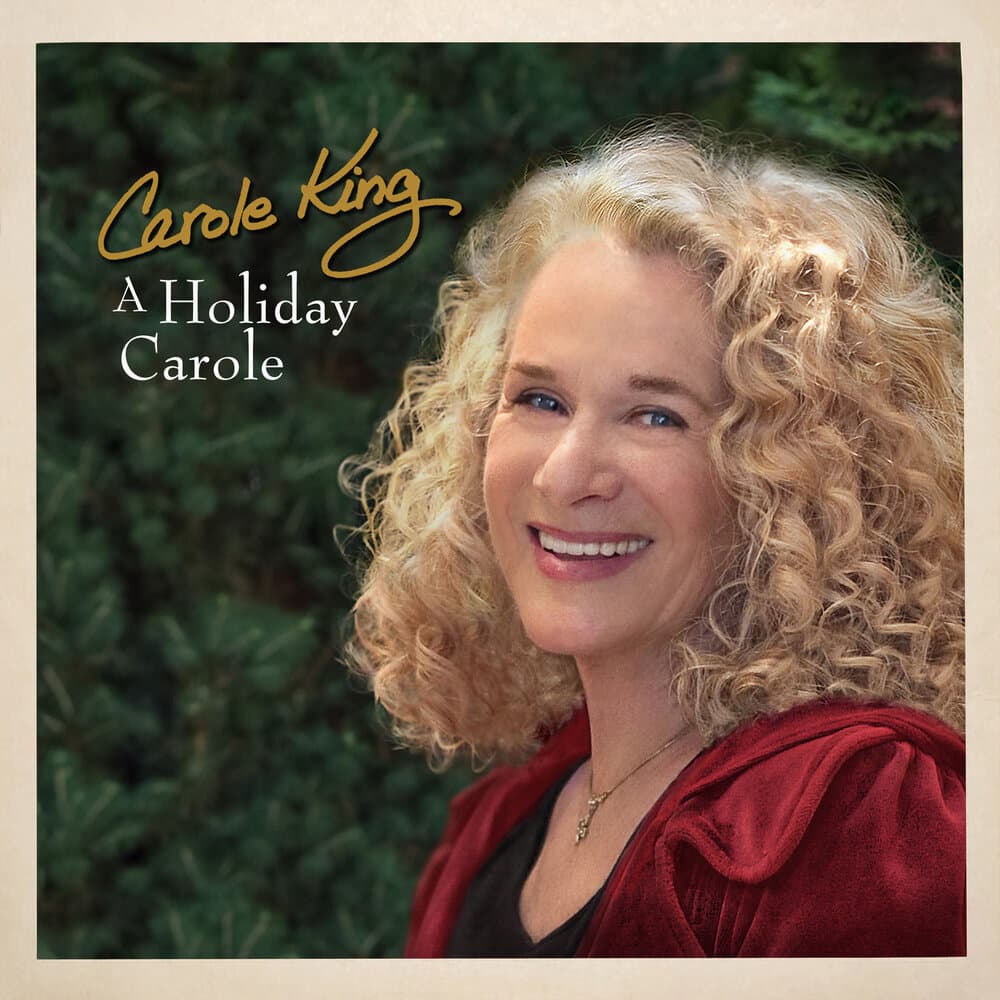
Carole King’s “Jazzman”: A Soulful Tribute to the Power of Music
In 1974, Carole King captivated listeners with her soulful and jazzy hit “Jazzman.” Featured on her album Wrap Around Joy, this track became an enduring testament to King’s versatility as a musician and composer. Known for its infectious groove and the rich, expressive saxophone solos performed by Tom Scott, “Jazzman” stands out as one of the most memorable songs of the era. The song’s success on the charts, peaking at No. 2 on the Billboard Hot 100 in November 1974, is a reflection of its widespread appeal and the timeless quality of King’s music.
“Jazzman” is a unique blend of King’s melodic sensibilities with the soulful improvisation of jazz. The lyrics, penned by David Palmer, who was formerly with Steely Dan, weave a narrative about the transformative power of music. King’s voice, both tender and powerful, guides the listener through a journey where the Jazzman becomes a symbol of emotional catharsis. The refrain, where she sings about how the music “soothes the soul,” resonates deeply with anyone who has ever found solace in a beautiful melody.
The song’s saxophone solos, which are integral to its identity, were performed by the talented Tom Scott. His playing not only complements King’s vocals but also elevates the song to a different level, providing a perfect counterpoint to the lyrics. The saxophone in “Jazzman” isn’t just an accompaniment; it’s a voice in itself, carrying the emotion and spirit of the song.
Interestingly, the Jazzman mentioned in the song is often believed to be a nod to Curtis Amy, a renowned saxophonist, composer, and former musical director for Ray Charles. While this connection is a point of debate, it adds an intriguing layer to the song’s backstory, blending the real and the imagined in a seamless tribute to the world of jazz.
Upon its release in August 1974, “Jazzman” quickly climbed the charts. It reached the No. 2 spot on the Billboard Hot 100 by mid-November, held back from the top spot by Bachman-Turner Overdrive’s “You Ain’t Seen Nothing Yet.” Despite not securing the top position, the song became a favorite, particularly in King’s hometown of New York, where it reached No. 1 on the WABC Musicradio 77 Survey in November 1974. Additionally, it performed well on the Billboard Easy Listening chart, peaking at No. 4, further showcasing its broad appeal across different musical tastes.
“Jazzman” also found its way into popular culture, most notably in The Simpsons episode “‘Round Springfield,” where it was performed as a duet between Lisa Simpson and the ghost of Bleeding Gums Murphy. This appearance introduced the song to a new generation, cementing its place as a cultural touchstone.
In summary, “Jazzman” is more than just a hit song from the 1970s; it’s a celebration of the emotional power of music, the joy of improvisation, and the unique connection between a musician and their audience. Carole King’s ability to blend pop, jazz, and soul into a cohesive, compelling track is a testament to her enduring talent and the timeless nature of her work. Whether through the lens of its chart success or its lasting impact on popular culture, “Jazzman” remains a beloved piece of musical history.